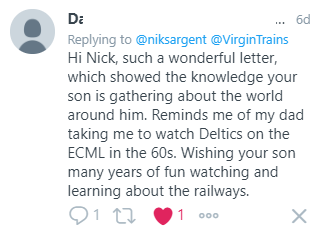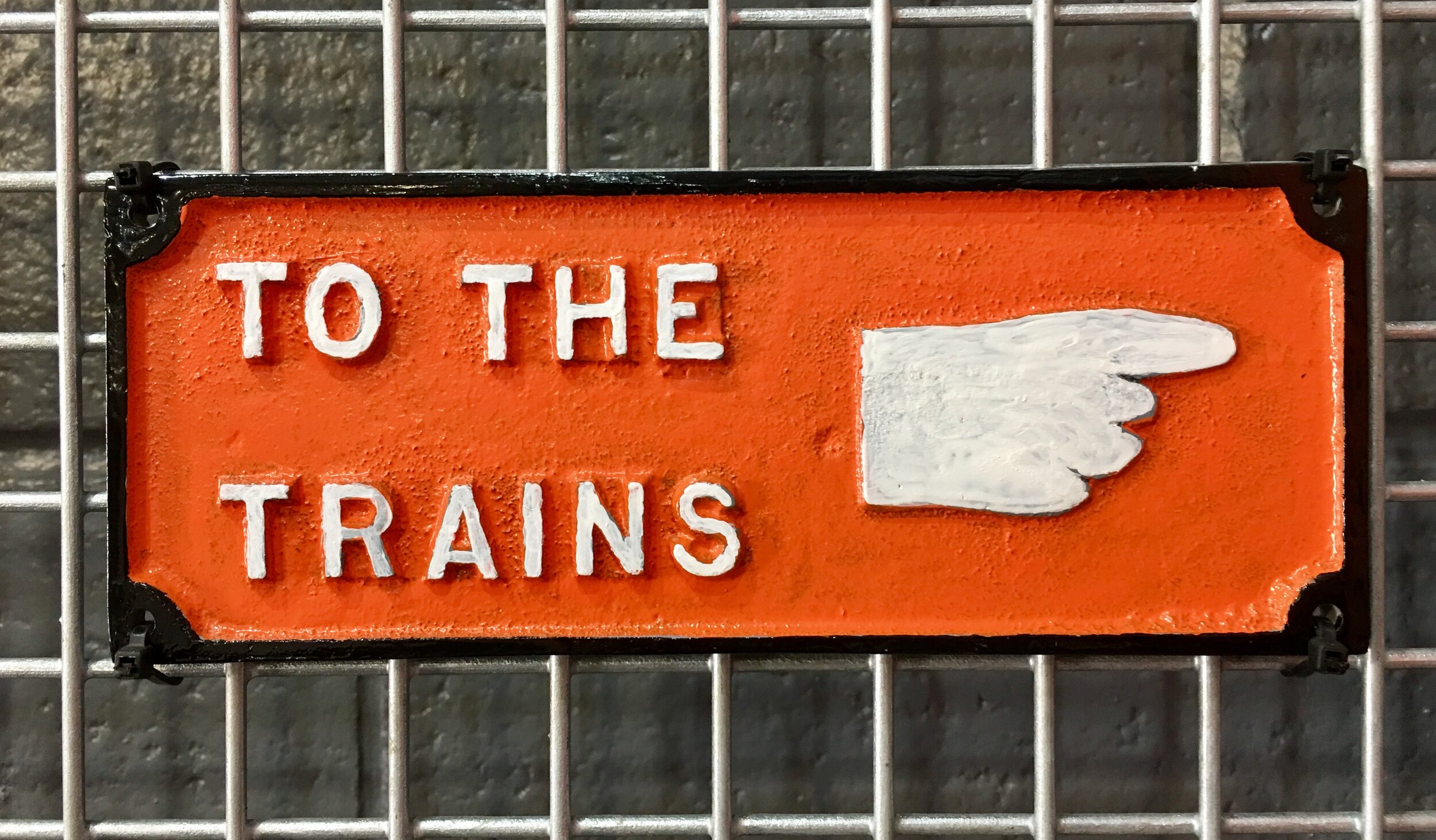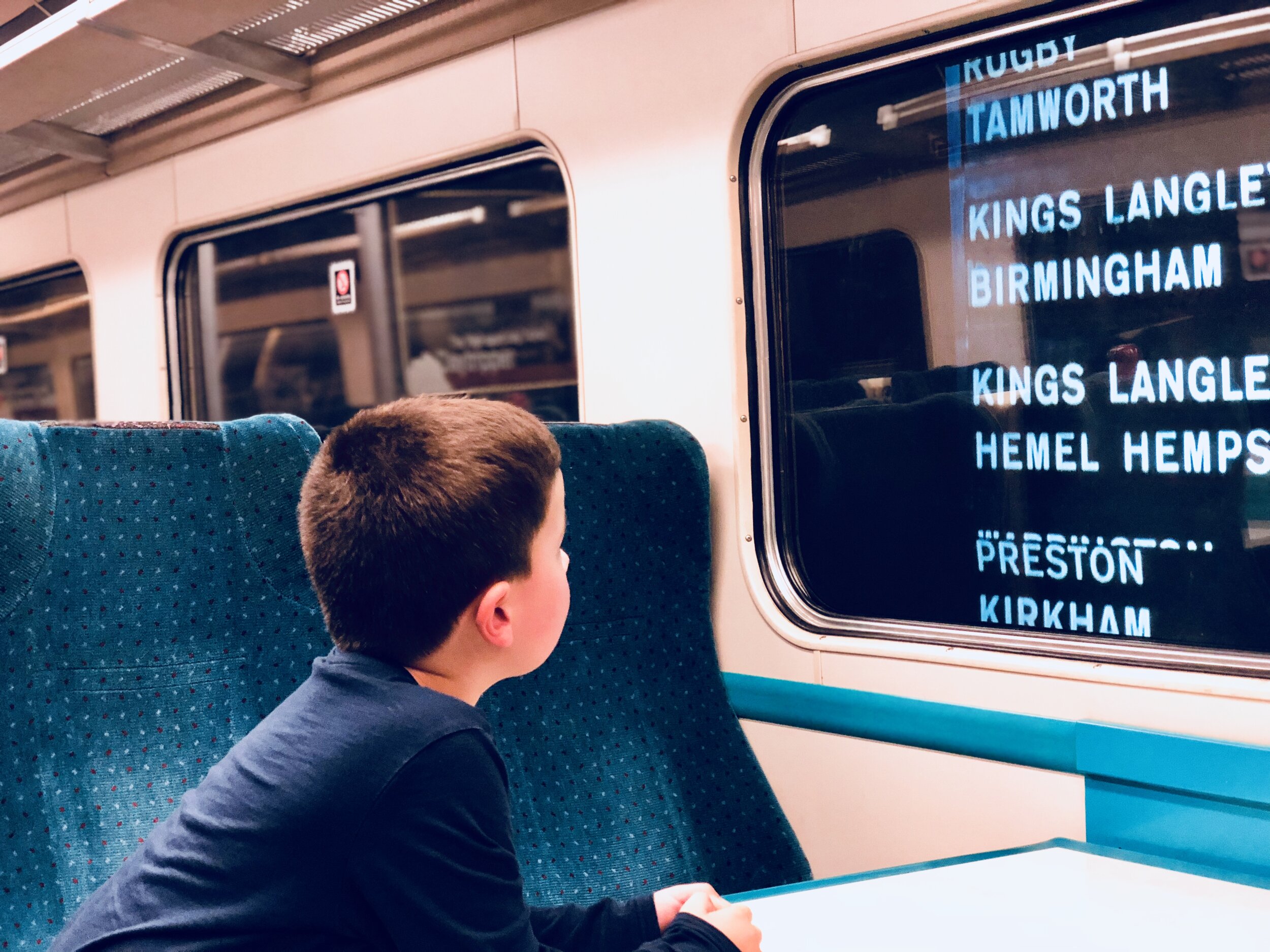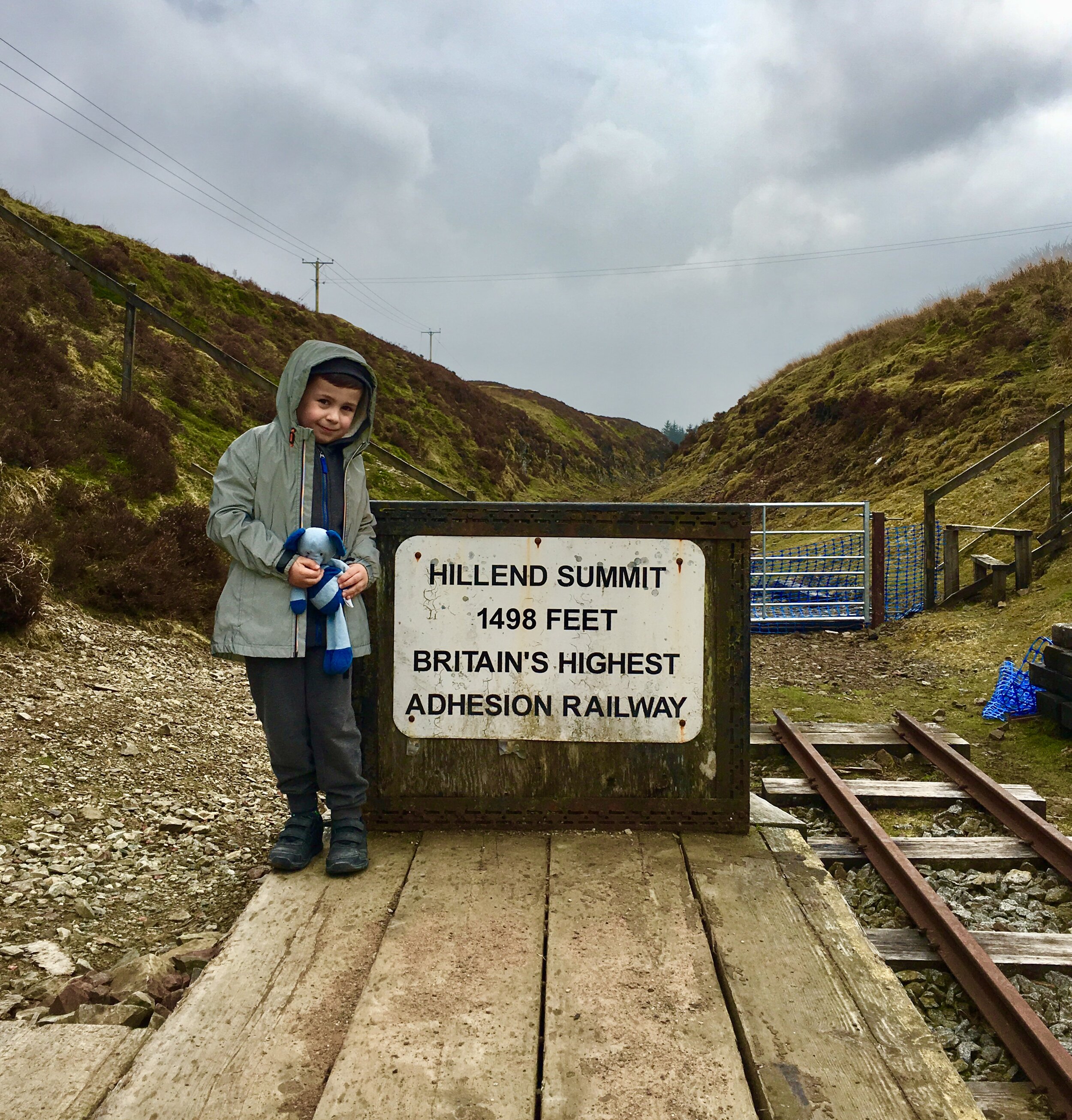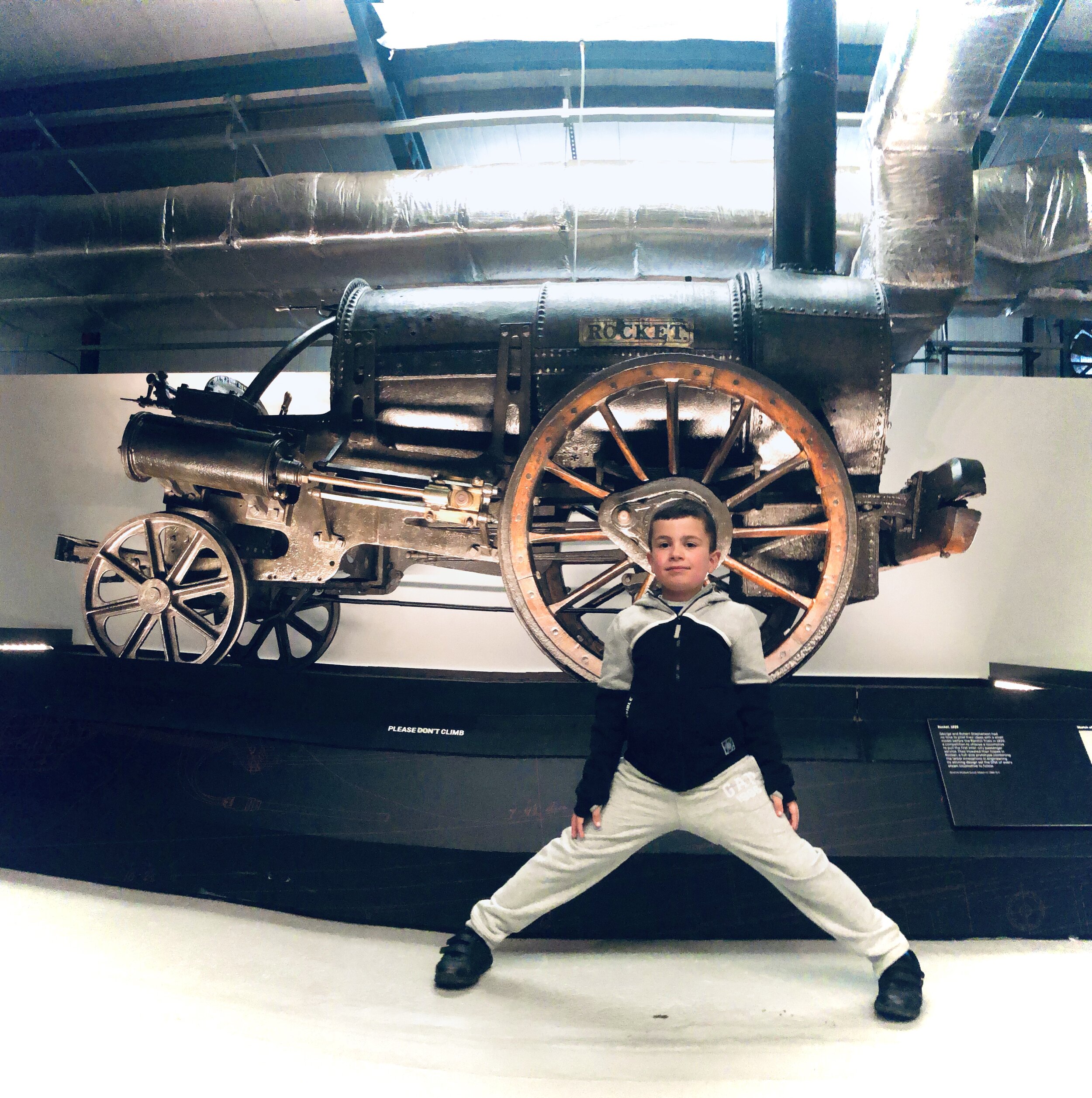A heartfelt thank you - because I never once imagined this
/Wow! What just happened?
Well, what just happened was that about 10 days ago I wrote (here) to thank Virgin Trains and Richard Branson for the impact they have had on my son, Edan (who is now 6 but has been a lifelong train enthusiast). I got a lovely reply from the brilliant customer service staff at Virgin:
Then I went away on business to London for a few days and had my head down in work and never checked twitter. Once I was on the train heading home (Virgin Pendolino 390037 as it happens - “Virgin Difference” - which is how I signed off my letter. Prophetic?) I decided to fire up tweetdeck and have a peek at twitter.
It didn’t take me long to realise something had happened!
The first thing that had happened was Virgin Trains had asked me to get back in touch - but alongside that, hundreds of people had liked and shared the correspondence, and many others had replied to me with heartwarming messages.
My train ride was 3.5 hours and it took me the whole journey to get through all the tweets!
What transpired over the next few days was quite breathtaking to me. We received so many messages of encouragement and solidarity.
I saw for myself that the “Rail Family” - those who have grown up on the railway, or work on the railway, or otherwise have a passion for it - really is a “thing” and it’s a warm, kind, welcoming family to boot; and that really brought a lump to my throat.
There was an outpouring of generosity including the offer of various “experiences” for Edan. Amongst these was the “chance of a lifetime” to see name plates being made by the supreme experts in the field. Frankly we were just completely bowled over.
We also had a note from Paul who produces “trip reports” on YouTube.
Edan has watched so many hours of his YouTube channel! He’s been there (virtually) with Paul on the first run of the Hitachi 800 in the UK; the first run of Eurostar from London to Amsterdam and so on.
Paul’s reports also inspired Edan to create some of his own videos in a similar vein and you can see his own “Train Files” in the video here from his latest trip, where he talks us through First Class on the Virgin Pendolino.
Our little man continues to cram in the trains.
Nothing can stop Edan’s passion for trains.
With under 2 weeks to go on the Virgin Franchise, last weekend he surprised me with a planned trip from our base in Scotland to Wigan to ride on a Voyager and Pendolino and do some more Virgin Trains spotting!
He’s never been to Wigan before but you can see from the video when he gets off the train it’s like releasing an animal back into the wild! 😂
We’ll do our best to find all the teachable moments in this…
When I wrote my original letter, it was just a heartfelt Thank You to Virgin about unseen consequences, yet it turned into something so much more!
IT’S Train Books OF SOME KIND most nights And Sleeping with VIRGIN train layouts next to his bed (Sorry, CAB)!!
I included the sunflower logo in my original letter and some readers will have understood why. We’re poignantly aware that there must be many “Edans” and young train lovers up and down the country, and he is lucky and privileged to have been on the receiving end of such kindness - which has been, and will be, a big learning experience for him.
As a measure of our gratitude to those that have extended their generosity to Edan, in turn we’ll be donating to Crisis, who do wonderful work looking after the homeless at Christmas (and all year).
And so, once again, our deepest, sincerest gratitude to everyone:
Thank you for inspiring,
Thank you for supporting,
Thank you for celebrating his world!
Thank
Trains Allow Edan to EXpress his personality!
Chasing Child, Chasing Train

















